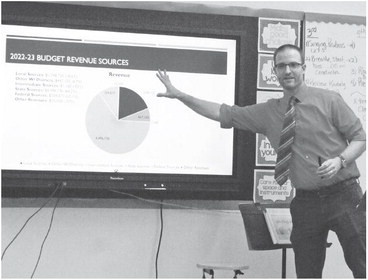Rib Lake school tax rate continues to tumble


Tax rates for property owners in the Rib Lake school district will continue to drop, but what impact this has on the amount people will actually end up paying in school taxes rema...


Tax rates for property owners in the Rib Lake school district will continue to drop, but what impact this has on the amount people will actually end up paying in school taxes rema...